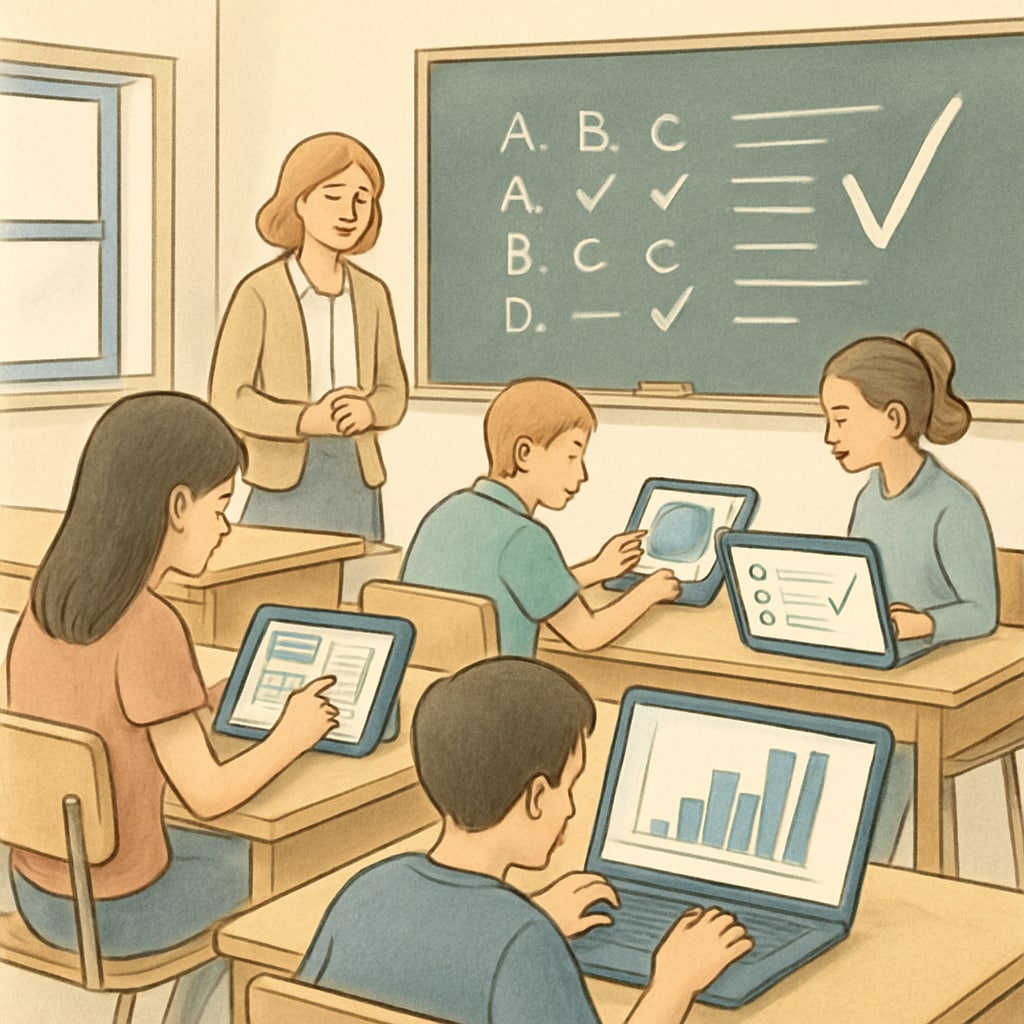Grades have long been the cornerstone of evaluating students’ learning achievements in K-12 education. However, their overemphasis often leads to a disconnect between actual learning outcomes and the metrics used to measure them. This article delves into the limitations of traditional grade-based assessments, explores how they fail to capture the holistic nature of learning, and discusses alternative methods like real-time tracking and multi-dimensional evaluations to better define success in education.
The Limitations of Traditional Grade-Based Assessments
Grades are commonly viewed as the ultimate indicator of student performance, but they fail to account for a variety of factors that contribute to meaningful learning. For instance, grades often emphasize rote memorization over critical thinking and problem-solving skills. As a result, students may achieve high scores without truly understanding the material or being able to apply their knowledge in real-world contexts.
Moreover, grade-based systems can inadvertently encourage unhealthy competition among students. For example, a student might focus solely on outperforming their peers rather than collaborating or pursuing in-depth learning. This approach undermines the development of essential skills like teamwork, adaptability, and creativity.

Real-Time Tracking: A Dynamic Approach to Learning
One alternative to traditional grading is the implementation of real-time tracking systems. These systems leverage technology to monitor students’ progress continuously, providing immediate feedback and insights into their learning journey. By regularly assessing understanding, educators can identify gaps in knowledge as they arise and adapt their teaching methods accordingly.
For instance, real-time tracking tools can analyze students’ interactions with digital learning platforms, highlighting their strengths and weaknesses. This data-driven approach allows teachers to personalize instruction, ensuring that every student receives the support they need to succeed. Additionally, real-time tracking fosters a growth mindset by emphasizing improvement over time rather than rewarding a one-time performance.
Multi-Dimensional Assessments: Measuring Holistic Learning Outcomes
In addition to real-time tracking, multi-dimensional assessments offer a more comprehensive view of student achievement. These assessments evaluate a range of competencies, such as creativity, collaboration, and emotional intelligence, alongside academic knowledge. By incorporating diverse evaluation methods—including projects, presentations, and peer feedback—educators can better capture the full spectrum of student abilities.
For example, project-based learning assessments allow students to apply their knowledge in practical settings, demonstrating their ability to solve complex problems. Similarly, peer reviews encourage students to engage critically with one another’s work, fostering communication and analytical skills. These methods not only provide a richer understanding of student performance but also prepare learners for real-world challenges.

Reimagining Success in K-12 Education
To truly redefine success in K-12 education, we must move beyond grades as the sole metric of achievement. By embracing real-time tracking and multi-dimensional assessments, educators can create a more inclusive and effective learning environment. These approaches prioritize individual growth, foster critical skills, and encourage lifelong learning.
Furthermore, shifting the focus away from grades can alleviate some of the pressure and anxiety that students often experience. When success is defined by personal progress and diverse accomplishments rather than numerical scores, learners are more likely to develop a genuine passion for education and a deeper understanding of the world around them.
In conclusion, grades are only one small piece of the puzzle when it comes to evaluating educational success. By adopting innovative assessment methods, we can ensure that K-12 education not only measures but also nurtures the skills and knowledge that truly matter.
Readability guidance: This article uses short paragraphs, clear transitions, and concise language to maintain readability. Key points are summarized in lists where appropriate, and active voice is prioritized throughout.


